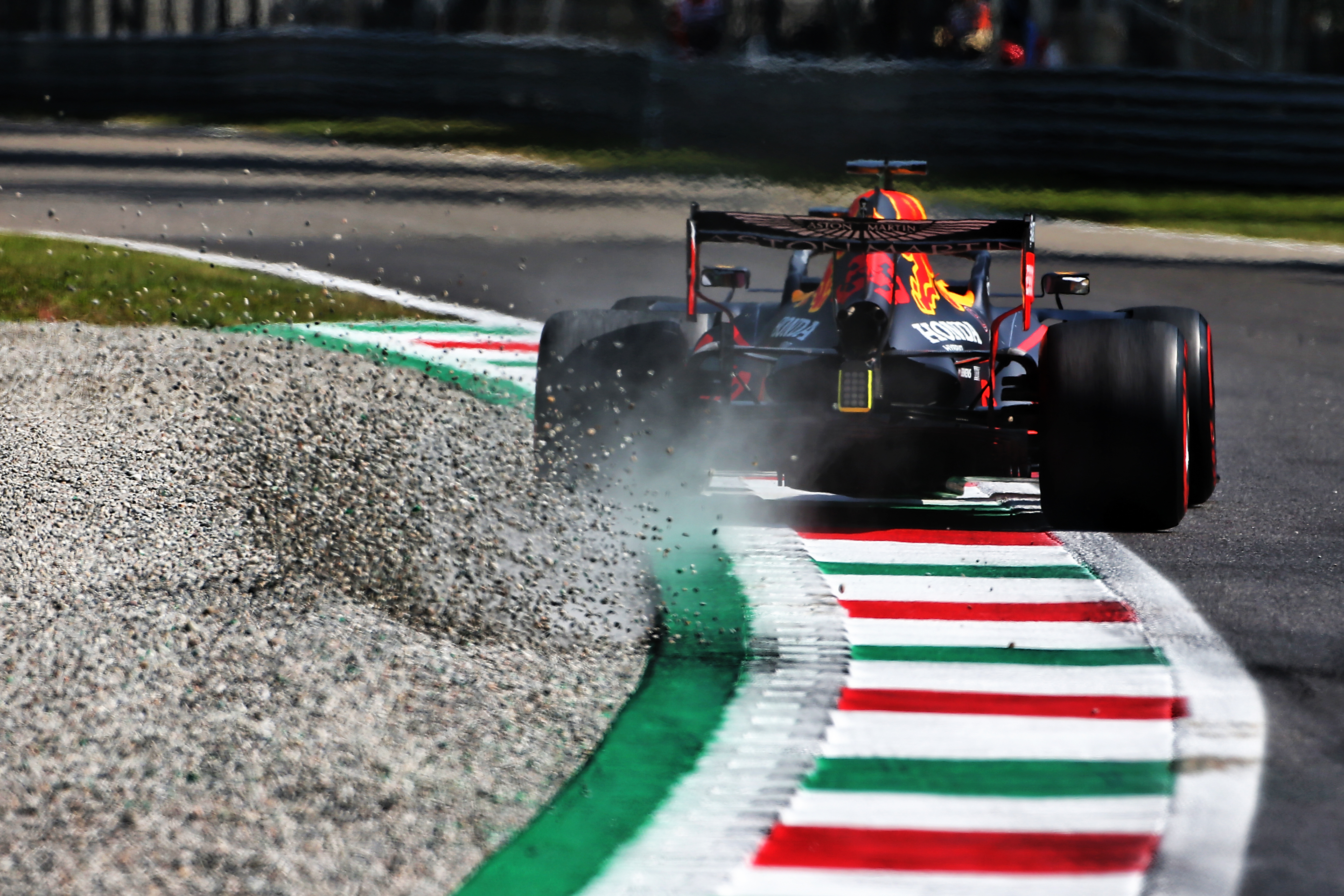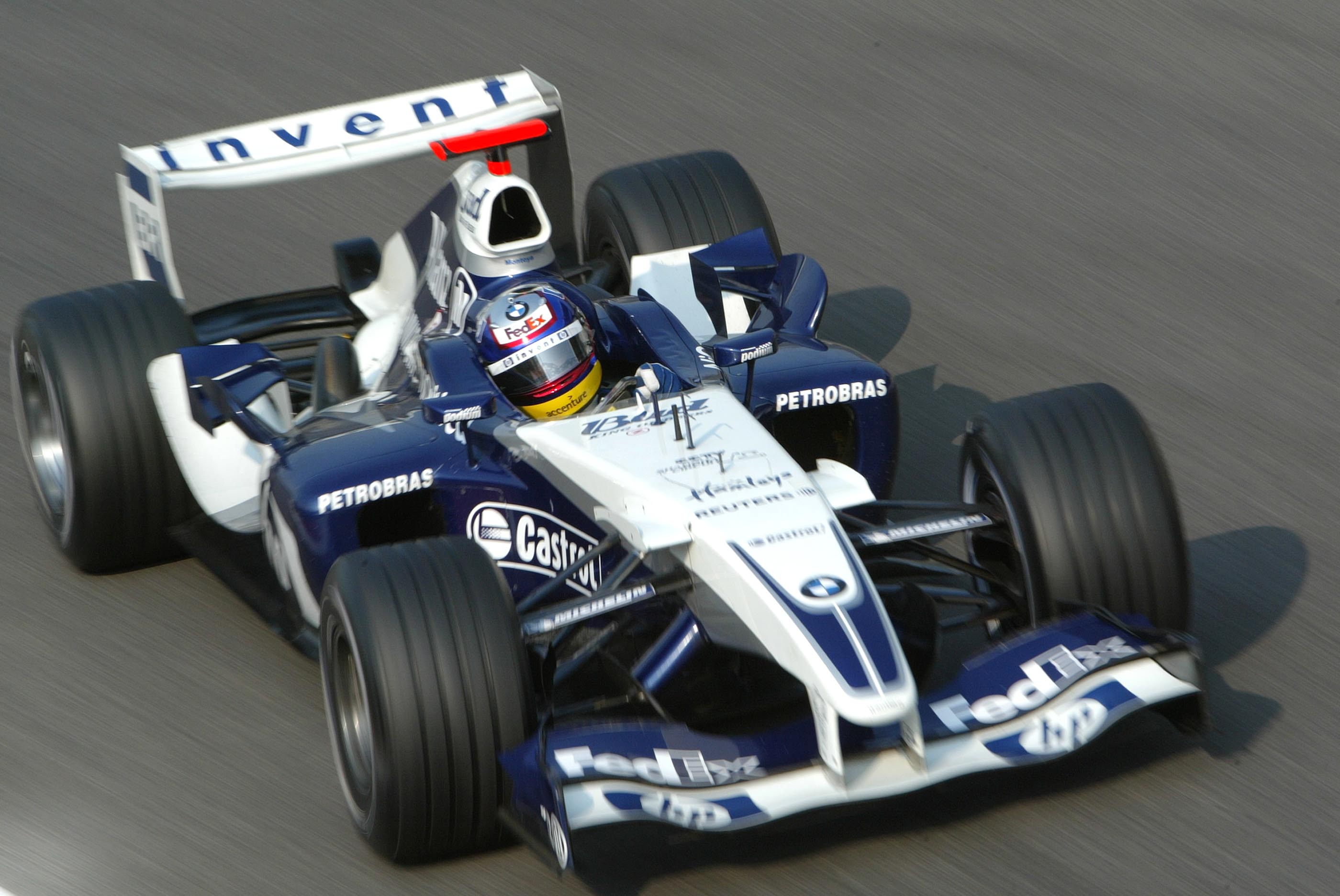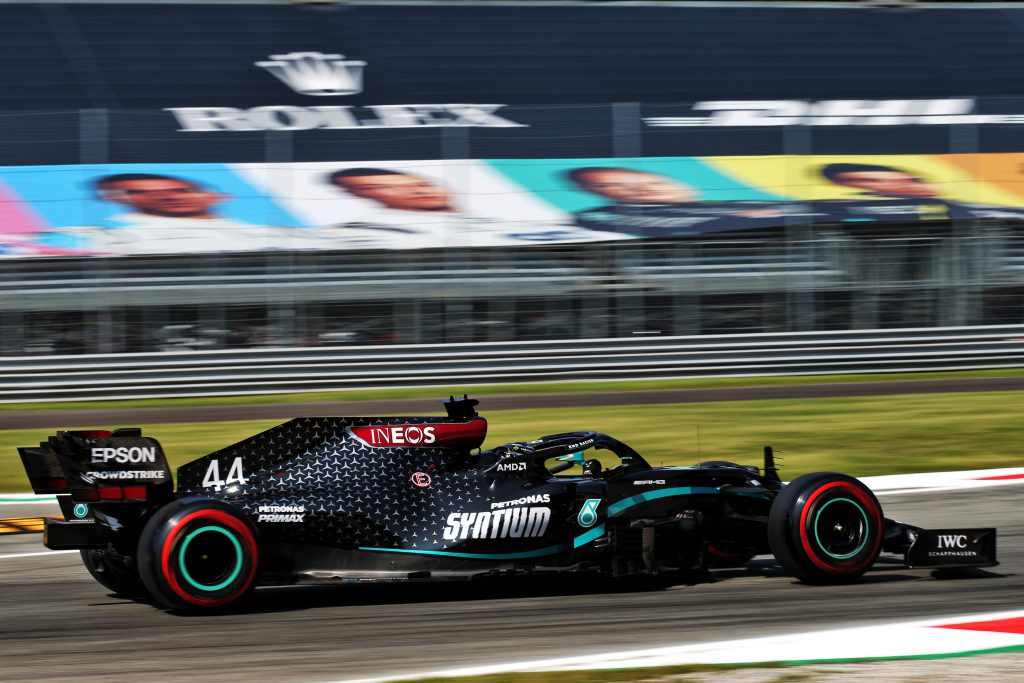Up Next

Lewis Hamilton broke Formula 1’s lap speed record with his 264.362km/h lap in qualifying for the Italian Grand Prix, surpassing Kimi Raikkonen’s two-year old record, and this tells us a lot about today’s cars.
When you consider that Hamilton wasn’t the fastest car on the straights at Monza and was ninth in the main speed trap, 13.1km/h off Alfa Romeo driver Raikkonen’s top speed, it shows these current cars with 1000bhp and mega grip levels are basically projectiles.
The stopping power and acceleration is mind-blowing, but the problem is that it is a negative for the racing. The cars simply accelerate too fast, so recovery from a small mistake is more or less instant.

The average speed for any circuit is all down to its design and how many times you have to slow down. It will be interesting to see what the second Bahrain race on the Outer circuit throws up in terms of average speed, but if the chaos of trying to get tyre pressures down and into position for a tow that we saw at Monza is anything to go by, we can look forward to the spectacle there.
While a big part of the time gain over the years is in the corners, as you can tell from the fact that this lap is quicker than anyone ever went at Monza without the chicanes, straight top speeds are still very high.
I remember achieving 200mph (321km/h) on the straight for the first time while testing in Monza in 1991, it was a big day and for us another landmark. But in the speed trap at Monza on Saturday Raikkonen clocked 354.5km/h.
EVOLUTION OF THE RECORD
By Edd Straw
 The average lap speed record has only been broken sporadically in the 70-year history of the world championship, with Hamilton’s new record of 264.362km/h the fourth time it has been broken in the 21st century.
The average lap speed record has only been broken sporadically in the 70-year history of the world championship, with Hamilton’s new record of 264.362km/h the fourth time it has been broken in the 21st century.
The early years of the record are distorted by the anomalous presence of the Indianapolis 500 on the world championship calendar. Fortunately, the folly of Indy being a world championship round ended after 1960 and given these were in cars from a completely different racing world and built for different rules, it’s logical to eliminate them given they are not genuine grand prix event records.
After incremental gains in the early years, with the Mercedes W196 streamliner (pictured above) producing a big step forward at Monza in 1955 and Juan Manuel Fangio improving a year later in the Ferrari, Tony Brooks set a new mark during the German Grand Prix at Avus in 1959 – effectively what might be called an autobahn circuit with a hairpin at one end and the fearsome north curve banking at the other. As an aside, this was faster than any of the four-lap qualifying averages recorded at the points-paying Indy 500s.
Since then, the mark has only been raised by just under 25km/h. But the progression of the cars is made very clear by the changing characteristics of the circuits.
In 1971, Chris Amon – who had broken the record at Spa earlier – set a new benchmark at Monza in the final year before chicanes were added at 251.213km/h.

While Keke Rosberg’s legendary engine-melting pole lap at Silverstone in 1985 took the record 14 years later, it returned to Monza after another 17 years courtesy of Juan-Pablo Montoya’s pace for Williams. Montoya raised that mark in 2004 (above), but held the record for 14 years until the high-downforce, wider cars of 2017 paved the way for Raikkonen to break the record in 2018.
Hamilton’s new mark is at an average speed just over 13km/h faster than Amon’s 1971 time. The key difference now is that there are three points where cars now have to shed enormous amounts of speed – for the three chicanes – that make this a fundamentally different circuit and show how far the cars have come.
Hamilton’s feat is only the 17th time this record for world championship average lap speed has been broken over a grand prix weekend since Farina established it 70 years ago. And with the cars potentially a little slower next year thanks to downforce cuts and then the new regulations coming in for 2022, this is a record that might yet stand for many years.
| 1950 British Grand Prix | Silverstone | Giuseppe Farina | 151.300km/h |
| 1950 Swiss Grand Prix | Bremgarten | Giuseppe Farina | 162.200km/h |
| 1950 Belgian Grand Prix | Spa | Giuseppe Farina | 185.500km/h |
| 1950 French Grand Prix | Reims | Juan-Manuel Fangio | 186.812km/h |
| 1950 Italian Grand Prix | Monza | Juan Manuel Fangio | 191.231km/h |
| 1951 Italian Grand Prix | Monza | Juan Manuel Fangio | 200.353km/h |
| 1955 Italian Grand Prix | Monza | Juan Manuel Fangio | 216.216km/h |
| 1956 Italian Grand Prix | Monza | Juan Manuel Fangio | 221.402km/h |
| 1959 German Grand Prix | Avus | Tony Brooks | 240.000km/h |
| 1967 Belgian Grand Prix | Spa | Jim Clark | 243.912km/h |
| 1970 Belgian Grand Prix | Spa | Chris Amon | 244.700km/h |
| 1970 Italian Grand Prix | Monza | Jacky Ickx | 246.018km/h |
| 1971 Italian Grand Prix | Monza | Chris Amon | 251.213km/h |
| 1985 British Grand Prix | Silverstone | Keke Rosberg | 258.983km/h |
| 2002 Italian Grand Prix | Monza | Juan Pablo Montoya | 259.827km/h |
| 2004 Italian Grand Prix | Monza | Juan Pablo Montoya | 262.242km/h |
| 2018 Italian Grand Prix | Monza | Kimi Raikkonen | 262.587km/h |
| 2020 Italian Grand Prix | Monza | Lewis Hamilton | 264.362km/h |
* This considers only the fastest lap set during a given grand prix weekend to break the record, rather than any incremental steps that take place within the event




